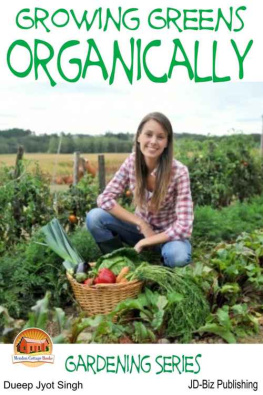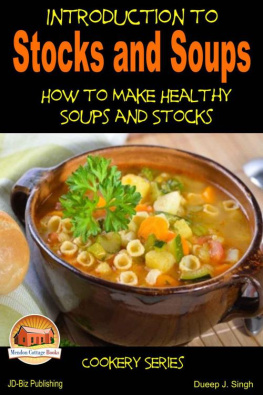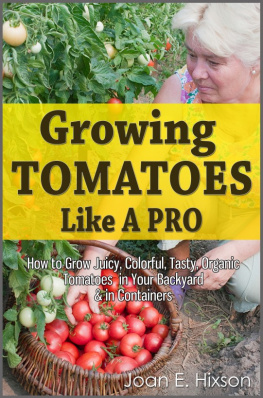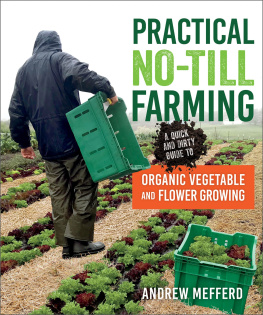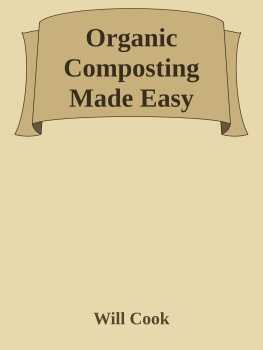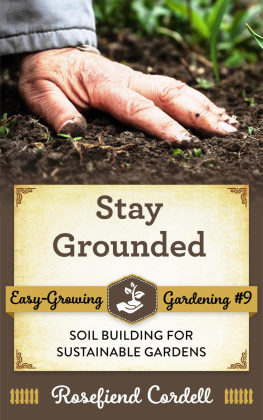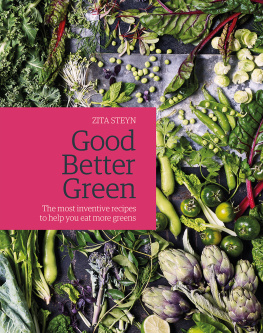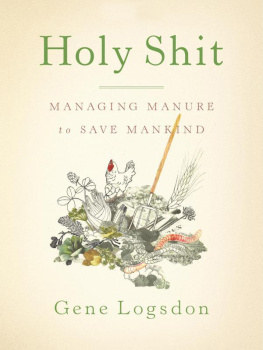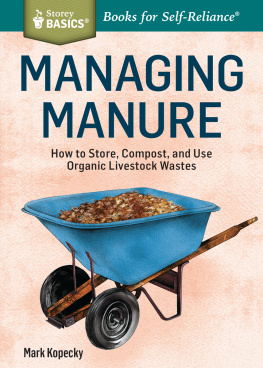No part of this publication may be reproduced in any form or by any means, including scanning, photocopying, or otherwise without prior written permission from JD-Biz Corp Copyright 2014
All Images Licensed by Fotolia and 123RF.
The information is this book is provided for informational purposes only. It is not intended to be used and medical advice or a substitute for proper medical treatment by a qualified health care provider. The information is believed to be accurate as presented based on research by the author.
The contents have not been evaluated by the U.S. Food and Drug Administration or any other Government or Health Organization and the contents in this book are not to be used to treat cure or prevent disease.
The author or publisher is not responsible for the use or safety of any diet, procedure or treatment mentioned in this book. The author or publisher is not responsible for errors or omissions that may exist.
The Book is for informational purposes only and before taking on any diet, treatment or medical procedure, it is recommended to consult with your primary health care provider.
Introduction
There was once a time when human beings did not have to bother about their eco- system being contaminated with chemical pollution. However, today, this is an ever-growing problem, because of the use of hazardous and potentially dangerous chemical fertilizer, herbicides and pesticides on the land.

Organic gardening of greens and herbs has been an important part of human culture down the ages, all over the world.
Organic farming and gardening has been a time-tested and healthy alternative to any other sort of farming, which concentrates on high yields, with the use of artificial and chemical methods.
This is the reason why more and more countries are adopting ancient traditional methods of organic farming, along with state-of-the-art new technology in order to get the best yields possible.
We do not have huge wide-open spaces, very often, right now on which we can grow greens with a lavish hand. On the other hand, a majority of us do have some place of our own, on which we can grow herbs and greens. Even a windowsill can do at a pinch and balconies and terraces can be utilized to their optimum.

Any sort of container, in any sort of space can serve your purpose well.
So what are you going to understand by organic gardening and farming, after you finish this book? Essentially, this is a farming and gardening culture, followed all over the world and which has been followed down the centuries. It does not use any sort of chemical fertilizer, pesticides or fungicides. It also does not use any growth hormones to increase the yield or to give you a giant sized pumpkin. Also, the use of chemical sprays to enhance the looks and the colors of the harvest, or to bring about early maturity of the fruit and vegetables is a definite no-no.
According to WHO/FAO, organic farming is considered to be a holistic food production management system. It is going to improve the soil and the health of the ecosystem. It also includes natural biological cycles and biodiversity. All this is accomplished by using easily available biological, scientific, mechanical, agronomic and other natural ways in order to enhance the yield.
This is in direct contrast to the presently prevailing methods of growing greens. That is when you use lots of synthetic and chemical-based materials in order to fertilize the soil and protect your plants from insect and fungus attacks.
Organic systems normally use traditional methods like crop rotation, organic farm waste, green manure and animal dung, as well as nitrogen fixing plants like legumes, and alfalfa to nourish the soil. So it is time we went back To Mother Nature and began using her resources aided and abetted with our scientific knowledge and technology to produce healthy and nourishing organically grown food.
Basics of Organic Farming
Chemicals and pesticides, which began to be used in large quantities in the early 20 th century have had a detrimental effect on the environment. This long-term effect can only be stopped, and possibly checked when people begin to think more about organic farming all over the world.
This farming is going to be achieved with the enhanced use of compost, farmyard manure,peat, fish meal, leaf mold, green manures, garden and plant waste, collected leaves, etc. Apart from this, old-time farming used ashes, town waste and even soot when available, to enrich the soil.
At the moment we are playing premium prices for organically grown material. That is because we know of the importance of this food to keep us healthy. But this book is going to teach you how you can grow organic material right at home and save on your fruit and vegetable bills while providing your family with healthy nutritious food.

Healthy eating habits, with plenty of fruit and vegetables, inculcated in childhood means healthy future adults.
In many parts of the East, there are still places where you are going to find the traditional methods of farming being practiced, even today. One can only bless the fact that the modern side effects of civilization have not managed to reach them in the shape of chemical fertilizers and pesticides.
Some people belonging to developed and developing countries may consider these pockets of suppose ignorance to be below consideration. But the traditional way of cultivation has been in usage down the millenniums. This traditional way of cultivation is in practice as good as organic farming, because chemical fertilizers and pesticides are definitely not used, because they are not known!
The main priority in organic farming is to feed the soil. The soil in many parts of the world has become poisonous, because of the insidious seeping of pesticides and chemicals from the environment and from the sprays into it. It is going to take a while for the soil to repair and replenish itself naturally, but mother nature has a habit of doing her repairs herself as long as she is not poisoned continuously with toxins.
Natural fertilizers in many parts of the world include oil cakes, made up of groundnut, mustard, linseed, soybean, sunflower, etc.. The residue which is left over after the production of oil from these seeds and cereals can be plowed back into the earth to nourish it.

Farm produce, like horse and cow manure and straw is excellent natural organic fertilizer. So is poultry manure.

